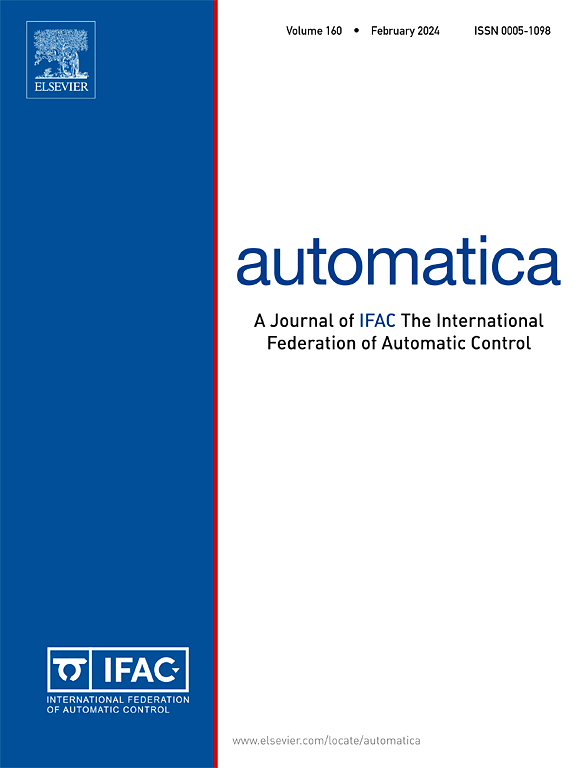基于提升系统模型的网络物理系统攻击检测与识别研究
IF 4.8
2区 计算机科学
Q1 AUTOMATION & CONTROL SYSTEMS
引用次数: 0
摘要
由于网络物理系统具有潜在的多速率、延迟和非均匀采样测量的安全性和安全性问题,我们在本文中使用提升系统模型研究了攻击检测和识别。提出了一种基于提升系统模型的攻击可检测性和可识别性的形式化定义和严格表征方法。讨论了检测可检测性的方法,并以一般的方式提出了攻击检测的残余设计问题。在攻击识别方面,通过推广切换系统的模式可辨性概念,对攻击进行了定义和表征,并在理论分析的基础上讨论了攻击识别方法。最后以某无人机系统为例验证了本文的主要结论。本文章由计算机程序翻译,如有差异,请以英文原文为准。
On attack detection and identification for the cyber–physical system using lifted system model
Motivated by the safety and security issues related to cyber–physical systems with potentially multi-rate, delayed, and nonuniformly sampled measurements, we investigate the attack detection and identification using the lifted system model in this paper. Attack detectability and identifiability based on the lifted system model are formally defined and rigorously characterized in a novel approach. The method of checking detectability is discussed, and a residual design problem for attack detection is formulated in a general way. For attack identification, we define and characterize it by generalizing the concept of mode discernibility for switched systems, and a method for identifying the attack is discussed based on the theoretical analysis. An illustrative example of an unmanned aircraft system is provided to validate the main results.
求助全文
通过发布文献求助,成功后即可免费获取论文全文。
去求助
来源期刊

Automatica
工程技术-工程:电子与电气
CiteScore
10.70
自引率
7.80%
发文量
617
审稿时长
5 months
期刊介绍:
Automatica is a leading archival publication in the field of systems and control. The field encompasses today a broad set of areas and topics, and is thriving not only within itself but also in terms of its impact on other fields, such as communications, computers, biology, energy and economics. Since its inception in 1963, Automatica has kept abreast with the evolution of the field over the years, and has emerged as a leading publication driving the trends in the field.
After being founded in 1963, Automatica became a journal of the International Federation of Automatic Control (IFAC) in 1969. It features a characteristic blend of theoretical and applied papers of archival, lasting value, reporting cutting edge research results by authors across the globe. It features articles in distinct categories, including regular, brief and survey papers, technical communiqués, correspondence items, as well as reviews on published books of interest to the readership. It occasionally publishes special issues on emerging new topics or established mature topics of interest to a broad audience.
Automatica solicits original high-quality contributions in all the categories listed above, and in all areas of systems and control interpreted in a broad sense and evolving constantly. They may be submitted directly to a subject editor or to the Editor-in-Chief if not sure about the subject area. Editorial procedures in place assure careful, fair, and prompt handling of all submitted articles. Accepted papers appear in the journal in the shortest time feasible given production time constraints.
 求助内容:
求助内容: 应助结果提醒方式:
应助结果提醒方式:


